لا تتعثر في استخدام معداتك – واصل شغفك
Don’t Get Stuck with Your Gear – Pursue Your Passion
لقد تغير الكثير منذ ظهور التكنولوجيا الرقمية في عام 1999. لقد كان الفيلم يدور دائمًا حول الجودة - بجميع أنواعها أيضًا. كان الأمر يتعلق بحل القوة - لدينا >Fujichrome Velvia لذلك الآن؛ كان الأمر يتعلق بدقة الألوان، والتي تناسب أيضًا الطراز الأول وكذلك، على سبيل المثال، Fujicolor Superia Reala؛ أو بالنسبة لأولئك الذين يريدون الوضوح والحيوية، هناك دائمًا Kodak Ektar الجميلة. ومع ذلك، يوجد الآن نوع واحد من الأفلام لجميع هذه الأغراض. وبينما كان الفيلم يوفر الجودة أخيرًا، جاء عصر أجهزة الاستشعار الرقمية. ويعتقد البعض أن ذلك محو طموحات جودة الفيلم من على الطاولة كما لو كان غبارًا. لدينا الآن فيلم واحد يمكنه فعل كل شيء – الإضاءة المنخفضة، ودقة الألوان أو الوضوح، والحدة، وإمكانيات التلاعب التي لا نهاية لها. فيلم واحد يناسب الجميع.

A lot has changed since digital came around in 1999. Film has always been about quality – all kinds of it, too. It was about resolving power – we have >Fujichrome Velvia for that now; it was about color accuracy, which also suits the former as well as, say, Fujicolor Superia Reala; or, for those who want sharp and vivid, there‘s always the beautiful Kodak Ektar. Now, however, there’s one kind of film for all those purposes. Just as film was finally providing the quality, the age of digital sensors came. And, some think, wiped film‘s quality ambitions off the table as if it were dust. We now have one film that can do everything – low light, color accuracy or vividness, sharpness and endless manipulation possibilities. One film that fits all.
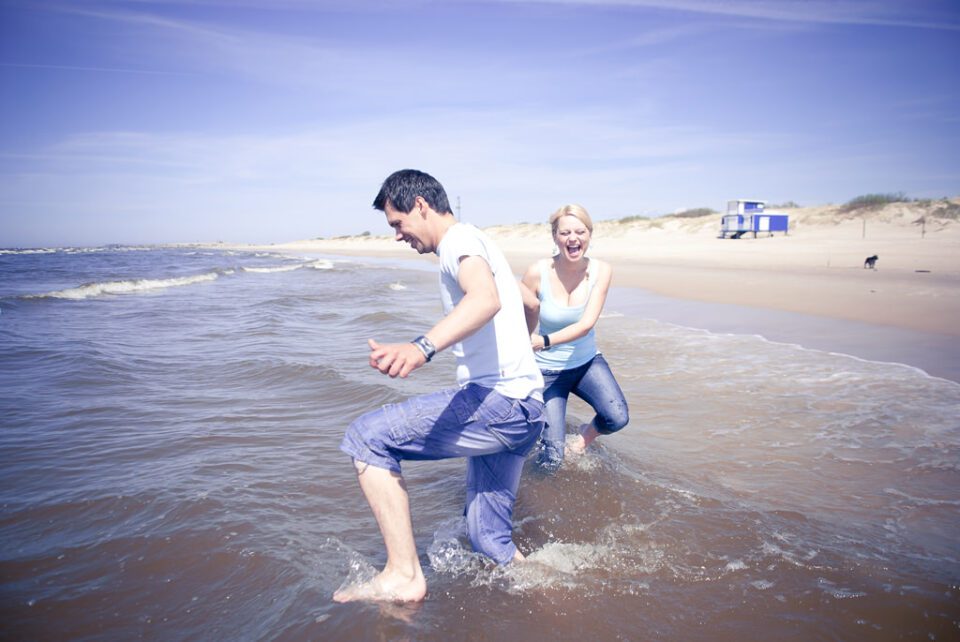
Don’t Get Stuck with Your Gear – Pursue Your Passion
لقد تغير الكثير منذ ظهور التكنولوجيا الرقمية في عام 1999. لقد كان الفيلم يدور دائمًا حول الجودة - بجميع أنواعها أيضًا. كان الأمر يتعلق بحل القوة - لدينا >Fujichrome Velvia لذلك الآن؛ كان الأمر يتعلق بدقة الألوان، والتي تناسب أيضًا الطراز الأول وكذلك، على سبيل المثال، Fujicolor Superia Reala؛ أو بالنسبة لأولئك الذين يريدون الوضوح والحيوية، هناك دائمًا Kodak Ektar الجميلة. ومع ذلك، يوجد الآن نوع واحد من الأفلام لجميع هذه الأغراض. وبينما كان الفيلم يوفر الجودة أخيرًا، جاء عصر أجهزة الاستشعار الرقمية. ويعتقد البعض أن ذلك محو طموحات جودة الفيلم من على الطاولة كما لو كان غبارًا. لدينا الآن فيلم واحد يمكنه فعل كل شيء – الإضاءة المنخفضة، ودقة الألوان أو الوضوح، والحدة، وإمكانيات التلاعب التي لا نهاية لها. فيلم واحد يناسب الجميع.

A lot has changed since digital came around in 1999. Film has always been about quality – all kinds of it, too. It was about resolving power – we have >Fujichrome Velvia for that now; it was about color accuracy, which also suits the former as well as, say, Fujicolor Superia Reala; or, for those who want sharp and vivid, there‘s always the beautiful Kodak Ektar. Now, however, there’s one kind of film for all those purposes. Just as film was finally providing the quality, the age of digital sensors came. And, some think, wiped film‘s quality ambitions off the table as if it were dust. We now have one film that can do everything – low light, color accuracy or vividness, sharpness and endless manipulation possibilities. One film that fits all.



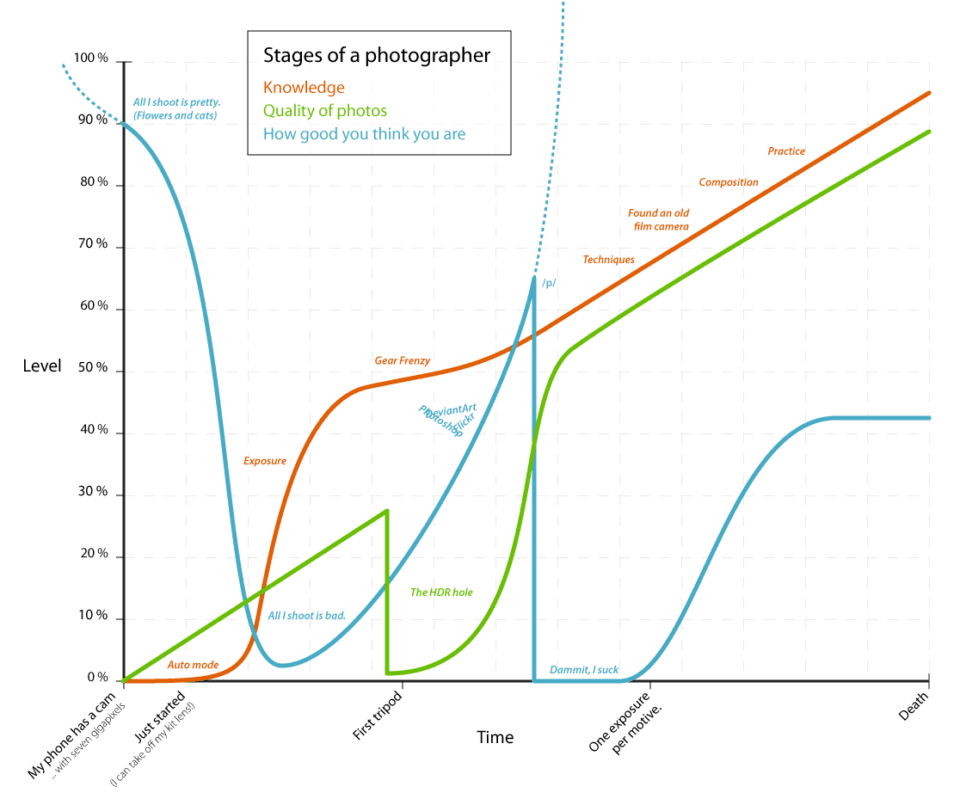
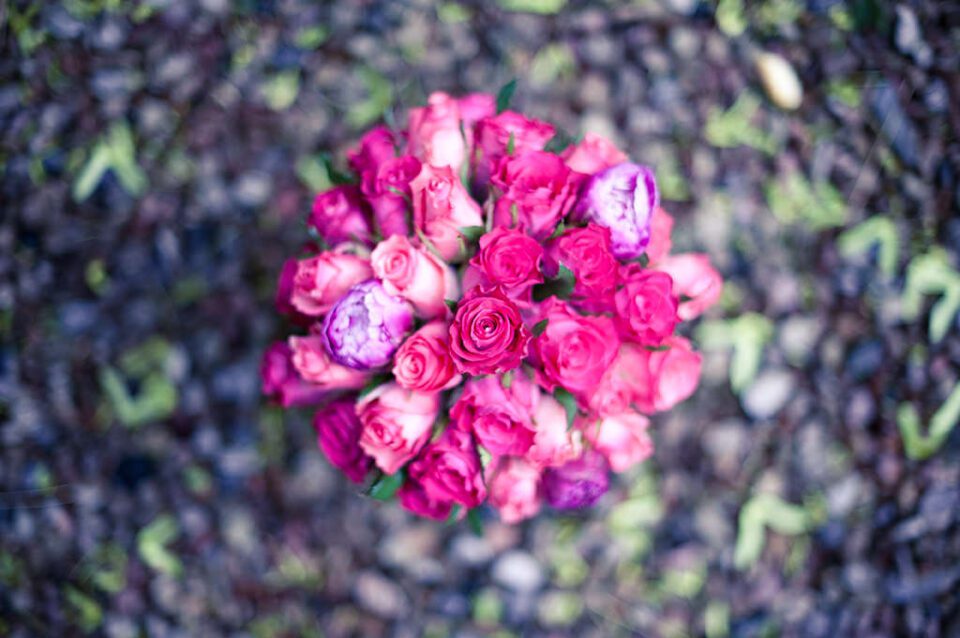


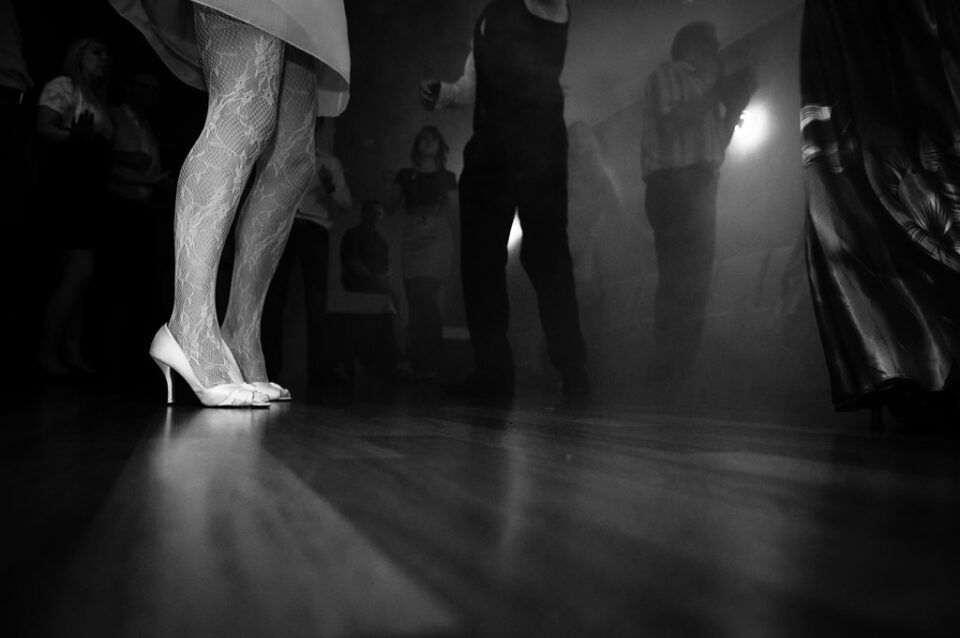
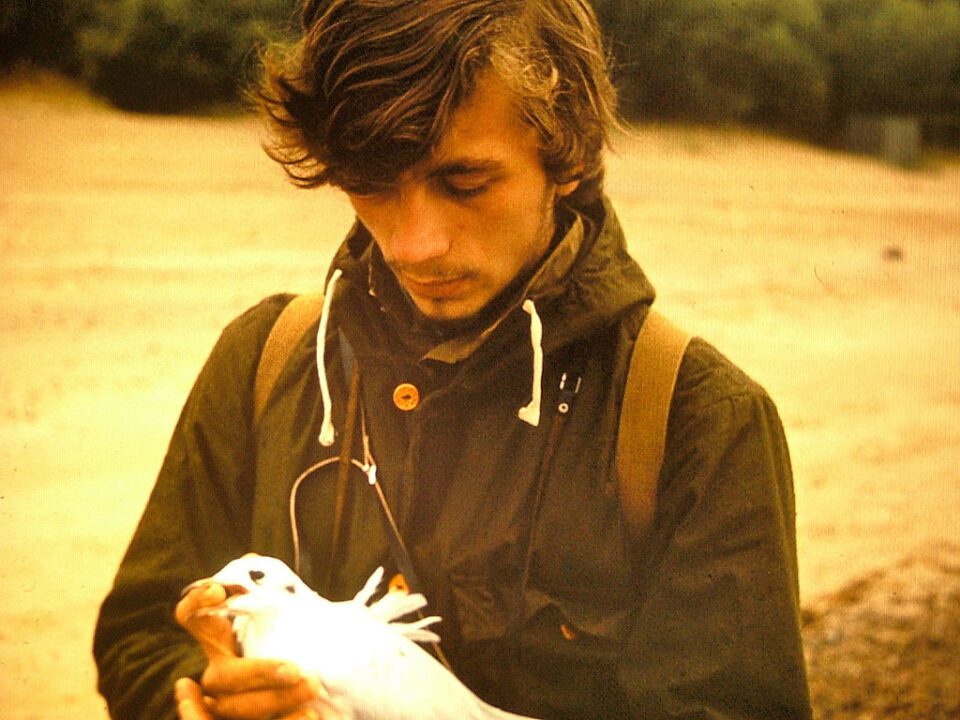
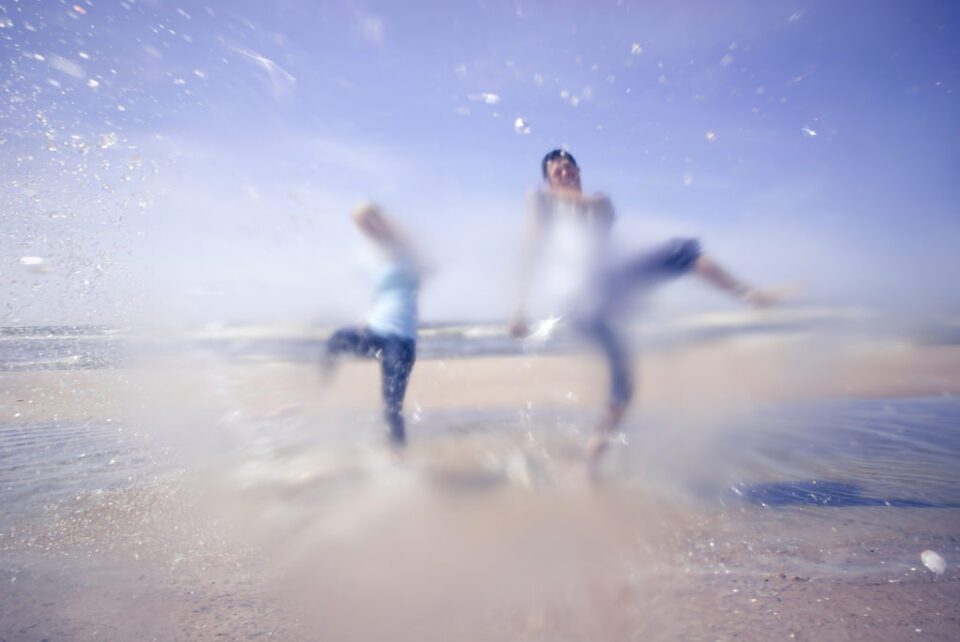
تعليق